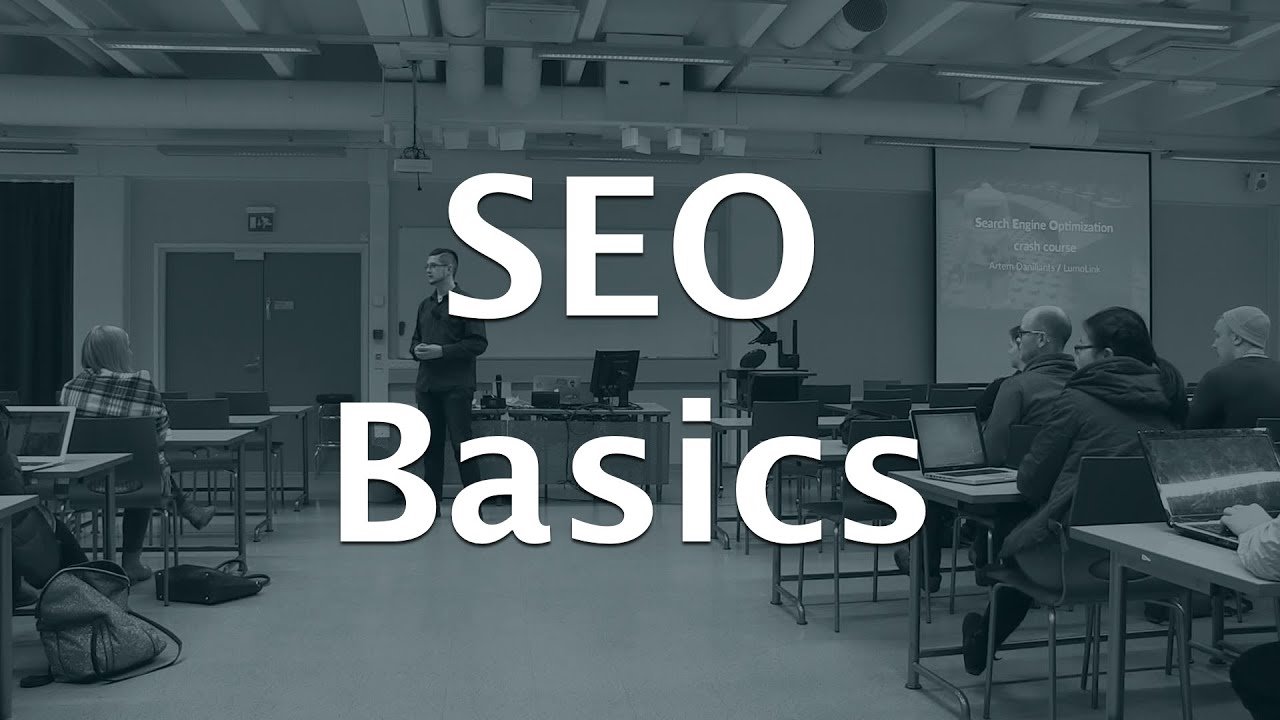Introduction.
International Work Basics for Local SEO:International work in the context of local SEO refers to optimizing a business’s online presence to attract customers from specific geographic regions across different countries, while accounting for cultural, linguistic, and regulatory differences. For businesses expanding globally or serving international markets, failing to address local SEO nuances can result in poor visibility, reduced traffic, and missed revenue opportunities. This comprehensive guide breaks down the problem, identifies causes, outlines consequences, and provides actionable solutions with real-world examples and preventive strategies.
Breaking Down the Problem: International Work for Local SEO.
International local SEO involves optimizing a website or online presence to rank in local search results for multiple regions or countries. The problem can be broken into the following components:
- Localization Challenges: Adapting content, keywords, and metadata to local languages, cultures, and search behaviors.
- Technical SEO Barriers: Managing website structure, hreflang tags, and geotargeting for multiple regions.
- Local Search Ecosystem: Understanding and leveraging local search engines, directories, and review platforms in different countries.
- Regulatory Compliance: Adhering to local data privacy laws, advertising regulations, and business listing requirements.
- Competitor Analysis: Competing with local businesses that already dominate regional search results.
Common Causes of International Local SEO Issues.
- Lack of Localized Content: Using generic content or direct translations without cultural context, leading to poor user engagement.
- Incorrect or Missing Hreflang Tags: Failing to implement hreflang tags properly, causing search engines to serve the wrong language or regional version of a page.
- Inconsistent NAP (Name, Address, Phone Number): Variations in business information across international directories, confusing search engines and users.
- Ignoring Local Search Engines: Focusing solely on Google and neglecting regional search engines like Baidu (China) or Yandex (Russia).
- Non-Compliance with Local Regulations: Violating data privacy laws (e.g., GDPR in Europe) or local advertising rules, leading to penalties or reduced trust.
- Poor Keyword Research: Using keywords that don’t align with local search intent or colloquial terms.
International Local SEO Checklist.
Market Research.
-
[ ] Identify local keywords using Google Keyword Planner, SEMrush, or Ahrefs.
-
[ ] Analyze competitors’ local SEO strategies.
-
[ ] Research local search engines and platforms (e.g., Baidu, Naver).
Content Localization.
-
[ ] Hire native translators for website copy and metadata.
-
[ ] Adapt content to local culture and colloquial terms.
-
[ ] Optimize meta titles and descriptions with local keywords.
Technical SEO.
-
[ ] Implement hreflang tags for language and regional targeting.
-
[ ] Use ccTLDs or subdirectories for each market.
-
[ ] Configure geotargeting in Google Search Console.
-
[ ] Use a CDN for faster load times.
Local Search Ecosystem.
-
[ ] Claim and optimize listings on Google Business Profile and local directories.
-
[ ] Ensure consistent NAP across all platforms.
-
[ ] Encourage and respond to customer reviews.
Regulatory Compliance.
-
[ ] Update privacy policies for local data laws (e.g., GDPR, CCPA).
-
[ ] Follow local advertising regulations.
-
[ ] Consult legal experts for compliance verification.
Monitoring and Optimization.
-
[ ] Track performance with Google Analytics and SEMrush.
-
[ ] Audit hreflang and NAP monthly with Screaming Frog.
-
[ ] Adjust strategies based on performance data.
Consequences of Not Addressing International Local SEO Issues.
- Reduced Search Visibility: Without proper optimization, your website may not appear in local search results, losing potential customers to competitors.
- Lower User Engagement: Non-localized content can alienate users, increasing bounce rates and reducing conversions.
- Brand Reputation Damage: Inconsistent NAP or non-compliance with local regulations can erode trust and credibility.b
- Missed Revenue Opportunities: Failing to rank in local markets limits customer acquisition and growth in new regions.
- Penalties from Search Engines: Incorrect technical setups (e.g., hreflang errors) can lead to indexing issues or ranking penalties.
Actionable Step-by-Step Solution for International Local SEO.
Step 1: Conduct Comprehensive Market Research
- Objective: Understand the target market’s language, culture, search behavior, and competitors.
- Actions:
- Use tools like Google Keyword Planner, Ahrefs, or SEMrush to identify local search terms and trends.
- Analyze competitors’ local SEO strategies, including their keywords, content, and backlinks.
- Research local search engines (e.g., Baidu for China, Naver for South Korea) and their ranking factors.
- Tools/Resources: Google Trends, SEMrush, Ahrefs, SimilarWeb.
- Example: A U.S.-based e-commerce brand expanding to Japan used SEMrush to discover that Japanese consumers search for “affordable sneakers” using colloquial terms like “スニーカー 安い” (sneakers cheap) instead of direct translations.
Step 2: Localize Website Content.
- Objective: Create content that resonates with local audiences in their native language and cultural context.
- Actions:
- Hire native-speaking translators or content creators to adapt website copy, avoiding literal translations.
- Include local references, idioms, and culturally relevant imagery.
- Optimize meta titles, descriptions, and headers with localized keywords.
- Tools/Resources: DeepL for translation, Grammarly for quality checks, local content agencies.
- Example: A travel agency targeting Spanish-speaking markets created separate landing pages for Spain (“viajes baratos”) and Mexico (“viajes económicos”), reflecting regional language differences.
Step 3: Implement Technical SEO for International Markets.

- Objective: Ensure search engines deliver the correct version of your website to the right audience.
- Actions:
- Use hreflang tags to indicate language and regional targeting (e.g., <link rel=”alternate” hreflang=”es-MX” href=”https://example.com/es-mx/” />).
- Set up country-specific domains (ccTLDs like .de for Germany) or subdirectories (e.g., example.com/fr/) for each market.
- Configure Google Search Console for geotargeting by setting the target country in the International Targeting report.
- Ensure fast page load times with a Content Delivery Network (CDN) like Cloudflare.
- Tools/Resources: Google Search Console, Screaming Frog (for hreflang audits), Cloudflare.
- Example: A global SaaS company used hreflang tags to serve English content to the U.S. (en-US) and UK (en-GB), increasing organic traffic by 20% in both regions.
Step 4: Optimize for Local Search Ecosystems.
- Objective: Establish a strong presence on local directories, review platforms, and search engines.
- Actions:
- Claim and optimize listings on platforms like Google Business Profile, Yelp (U.S.), Dianping (China), or Yell (UK).
- Ensure consistent NAP across all platforms.
- Encourage customer reviews in local languages and respond promptly.
- Submit sitemaps to local search engines (e.g., Baidu Webmaster Tools for China).
- Tools/Resources: Moz Local, Yext, BrightLocal.
- Example: A restaurant chain entering France claimed its Google Business Profile and TripAdvisor listings, resulting in a 15% increase in foot traffic from local searches.
Step 5: Ensure Regulatory Compliance.
- Objective: Adhere to local laws to avoid penalties and build trust.
- Actions:
- Comply with data privacy regulations like GDPR (Europe) or CCPA (California) by updating privacy policies and cookie consent mechanisms.
- Follow local advertising guidelines (e.g., avoid prohibited keywords in certain markets).
- Work with legal consultants to verify compliance in each region.
- Tools/Resources: OneTrust (for GDPR compliance), local legal advisors.
- Example: An e-commerce site avoided GDPR fines by implementing a cookie consent popup for EU visitors, increasing user trust and session duration.
Step 6: Monitor and Refine Performance.
- Objective: Track progress and optimize based on data.
- Actions:
- Use Google Analytics to monitor traffic from target regions and track conversion rates.
- Audit hreflang tags and NAP consistency regularly with tools like Screaming Frog or Ahrefs.
- Adjust keyword strategies based on performance metrics and emerging local trends.
- Tools/Resources: Google Analytics, SEMrush, Ahrefs.
- Example: A tech retailer noticed low conversions in Brazil due to misaligned keywords and updated its strategy to focus on “smartphone acessível” (affordable smartphone), boosting sales by 10%.
Real-World Case Study.
Case Study: A U.S.-based fitness equipment retailer expanded to Germany and Australia.
- Problem: The retailer’s generic English website ranked poorly in local searches, and direct translations confused users (e.g., “treadmill” translated as “Laufband” in Germany but lacked local context).
- Solution:
- Conducted keyword research using Ahrefs, identifying “Laufband für Zuhause” (home treadmill) for Germany and “treadmill for sale” for Australia.
- Implemented hreflang tags and created subdirectories (example.com/de/ and example.com/au/).
- Claimed Google Business Profile listings and optimized for local gyms and fitness communities.
- Ensured GDPR compliance for German customers with a cookie consent tool.
- Results: Organic traffic increased by 25% in Germany and 18% in Australia within six months, with a 12% rise in conversions.
Additional Tips for Preventing Future Issues.
- Stay Updated on Local Trends: Use Google Trends and social listening tools (e.g., Brandwatch) to monitor shifts in local search behavior.
- Automate Audits: Schedule monthly SEO audits with tools like Screaming Frog to catch hreflang or NAP errors early.
- Build Local Backlinks: Partner with local blogs, influencers, or directories to boost domain authority in each region.
- Train Your Team: Educate marketing teams on cultural nuances and SEO best practices for each market.
- Use AI Tools: Leverage tools like Grok 3 (available on grok.com or X apps) to analyze competitor strategies or generate localized content ideas.
Next Steps and Call to Action.
- Start Today: Begin with market research to identify high-opportunity regions and keywords.
- Prioritize Technical Fixes: Audit your website for hreflang errors and NAP inconsistencies.
- Engage Local Experts: Hire translators or local SEO consultants to ensure authenticity.
- Monitor Progress: Set up Google Analytics and schedule monthly performance reviews.
- Act Now: Don’t let competitors dominate local markets. Implement this guide immediately to boost
By addressing international local SEO challenges proactively, you can unlock new markets and drive sustainable growth. Take the first step today!
